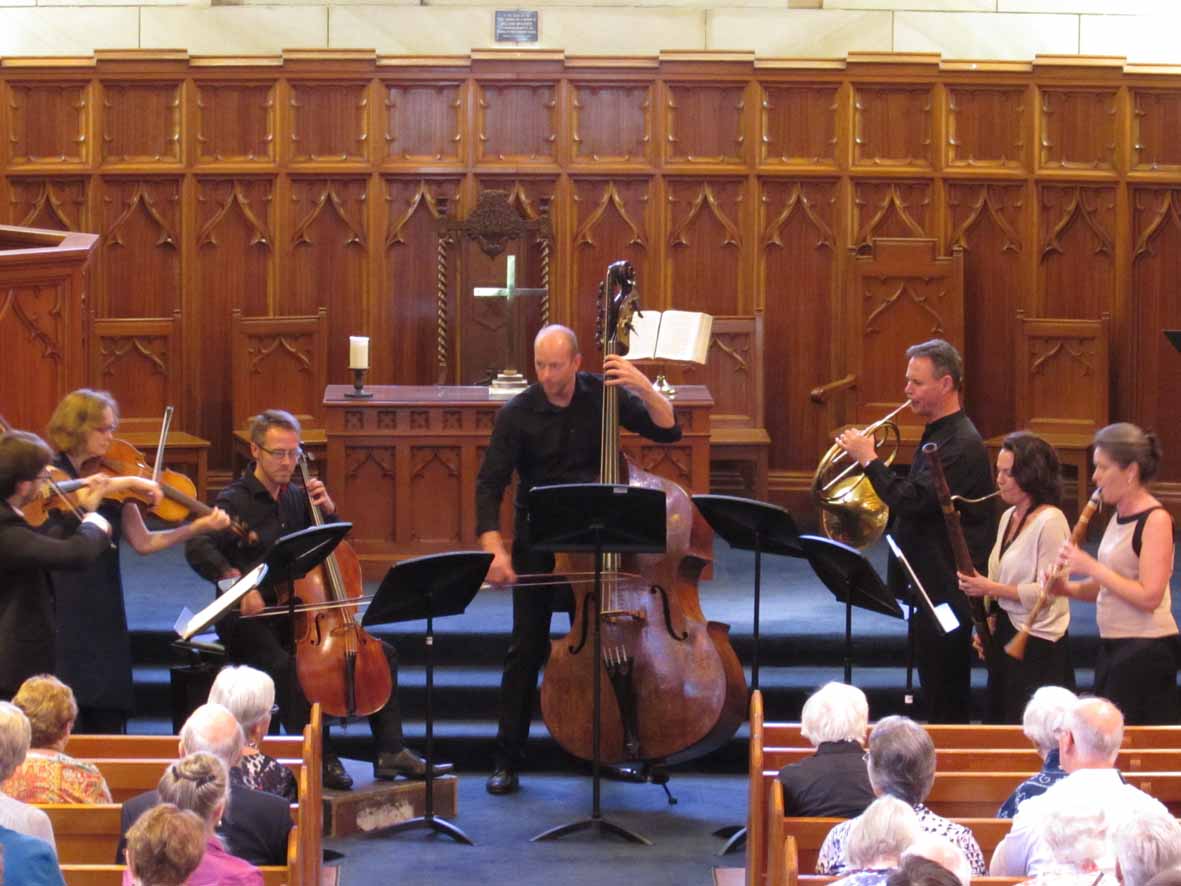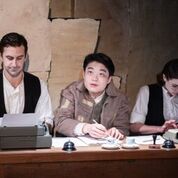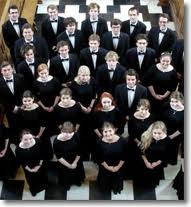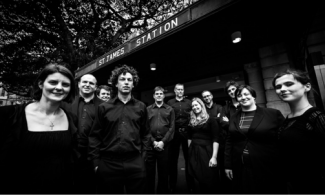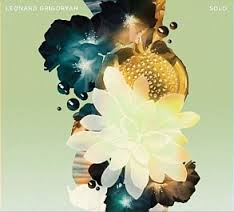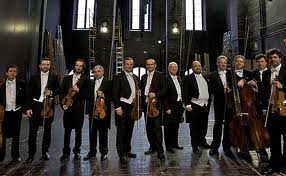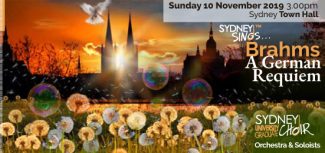Concert Review: orchestra seventeen88 Chamber Soloists
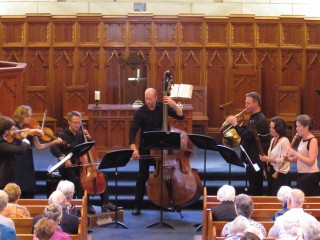
orchestra seventeen88 Chamber Soloists
“Big Schoolroom”, Sydney Grammar School, Darlinghurst
Saturday 21st November 2015
Kate Clark, flute/ Nicole van Bruggen, clarinet/ Darryl Poulsen, horn/ Lisa Goldberg, bassoon/ Jakob Lehmann, violin /Caroline Henbest, viola /Daniel Yeadon, cello/ Maxime Bibeau, double bass
The ‘Big School’ room of Sydney Grammar School on College Street was an apt setting for orchestra seventeen88’s end of year offering by its chamber soloists who performed music by Lachner and Beethoven.
Designed by the colonial architect James Barnet as part of his vision for a cultural venue in the centre of Georgian Sydney, the room opened in 1835, and is the oldest surviving schoolroom in the country. With its wooden floors and panels and high ceilings, the room doubles as a performance venue making it arguably, Sydney’s oldest performing space and not too far removed in time to when the evening’s music was written.
Expertise and authenticity are words that come to mind in describing the evening’s performances which comprised two substantial septets, both in E flat major – one by Franz Lachner, (1803 – 1890), written in 1824 for flute, clarinet, horn, violin, viola, cello and bass; the other by Beethoven, op. 20, written in 1800 for clarinet, horn, bassoon, violin, viola, cello and bass.
orchestra seventeen88 aims to rediscover works from the Classical and Romantic repertoire and perform them in historically accurate style on authentic or replicated instruments. Daniel Yeadon’s cello and Jakob Lehmann’s violin date back to the 18th century; Maxime Bibeau’s double bass dates even further back, to the 16th century; the instruments are strung with catgut; the horn played by Darryl Poulsen is a natural horn – sans valves. Although, as principal clarinettist Nicole van Bruggen explained, her instrument is a replica since woodwind instruments have a shorter life span due to the condensation that forms within them.
Nicole van Bruggen also explained that as well as playing familiar known works from the canon, the ensemble enjoys bringing to light works of merit that have inexplicably been forgotten. Lachner’s five movement septet is one such re-discovery. Born in Lech, Lachner spent much of his working life in Munich, Vienna and Berlin. He moved in circles with Schubert and Beethoven and his style was strongly influenced by them as well as by Mendelssohn, Spohr and Meyerbeer.
The Septet in E flat major is an immensely pleasurable, at times humorous work which was impressively performed. There is a spectrum of innovative colours and the writing is democratic with each player called upon to showcase their virtuosity. There are moments which are purely Classical and others that are sheer Romanticism; the fourth movement, a Scherzo and Trio contains fugal ideas. A small proportion of the work (67 bars) lost over time, was reconstructed by the 20th century German musicologist Franz Beyer (who also wrote his own ending to Mozart’s Requiem). Eminently listenable, it would be revealing to hear more music by Lachner in concerts to come.
Beethoven’s six-movement Septet in E flat major opus 20 sets a darker, more complex mood, perhaps because the flute is replaced by the bassoon and the broad, slow strokes of the introductory Adagio are sobering, before the brighter Allegro con brio of the first movement is unleashed. This septet enjoyed enormous popularity during Beethoven’s lifetime and is considered to be a fine example of the form. It was completed in 1800 and premiered privately followed by a public benefit concert for the composer held at the Royal Imperial Court Theatre by the Burg in Vienna. Interestingly, that programme included a symphony by Mozart, an aria and a duet from Haydn’s Creation, an improvisation, a piano concerto and a new symphony by Beethoven and the Septet, which was dedicated to the Empress Maria Theresia, second wife of the Emperor Franz II.
orchestra seventeen88 gave a brilliant account of the Septet with its various instrumental combinations, building a panorama of textures and sharing great empathy in cohesively shading the dynamics and tempi. They created tension and resolution, fury and serenity, solemnity and dance, achieving a fine balance between knowing when to shine and when to recede.
The individual performances were impressive, not least Darryl Poulsen on the natural horn. Yet, it was the violin playing of the Europe based Jakob Lehmann which was first amongst the equals. His highlight was a blistering cadenza before the reprise of the main themes, ending the movements and the Septet with a sunny coda.
Watching the performance in the intimacy of the Big Schoolroom underscored the reality of just how much maintenance period instruments require. Even between movements, catgut strings need the most delicate adjustments and the tubes of the horn need to be thoroughly primed.
Launched just two years ago, orchestra seventeen88 has carved a niche for itself in Sydney’s music landscape with its distinctive repertoire, splendid performances of historical integrity and protean ensemble of gifted musicians. This concert was an affirmation of those values and of audiences who appreciate them.
Shamistha de Soysa for SoundsLikeSydney©

